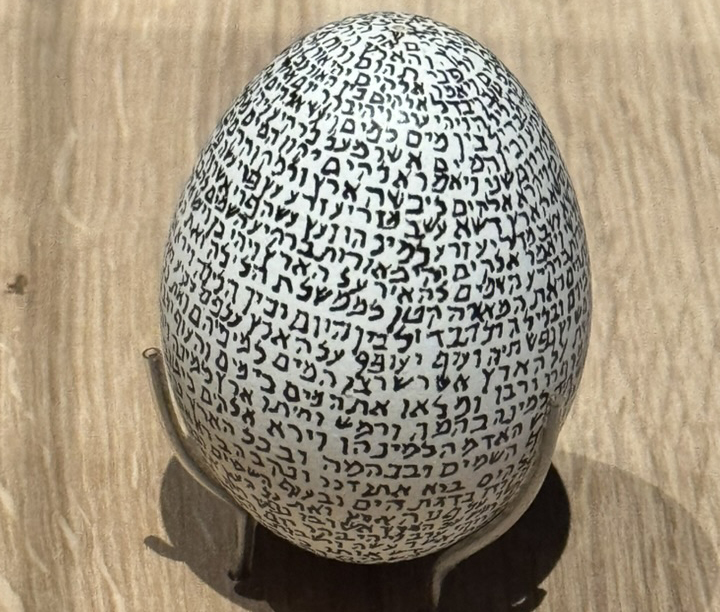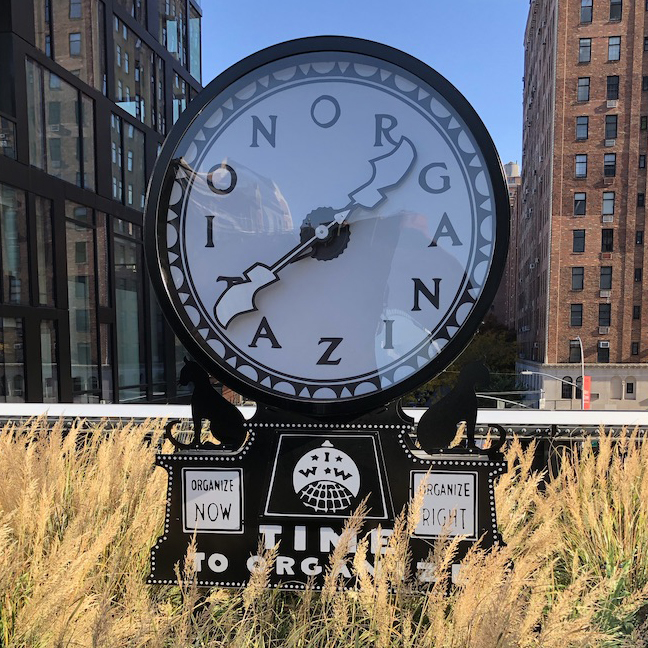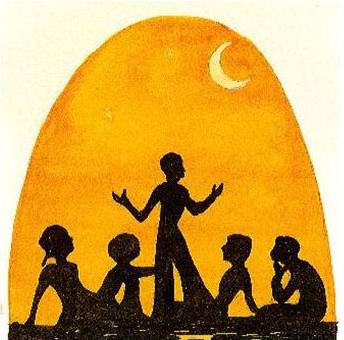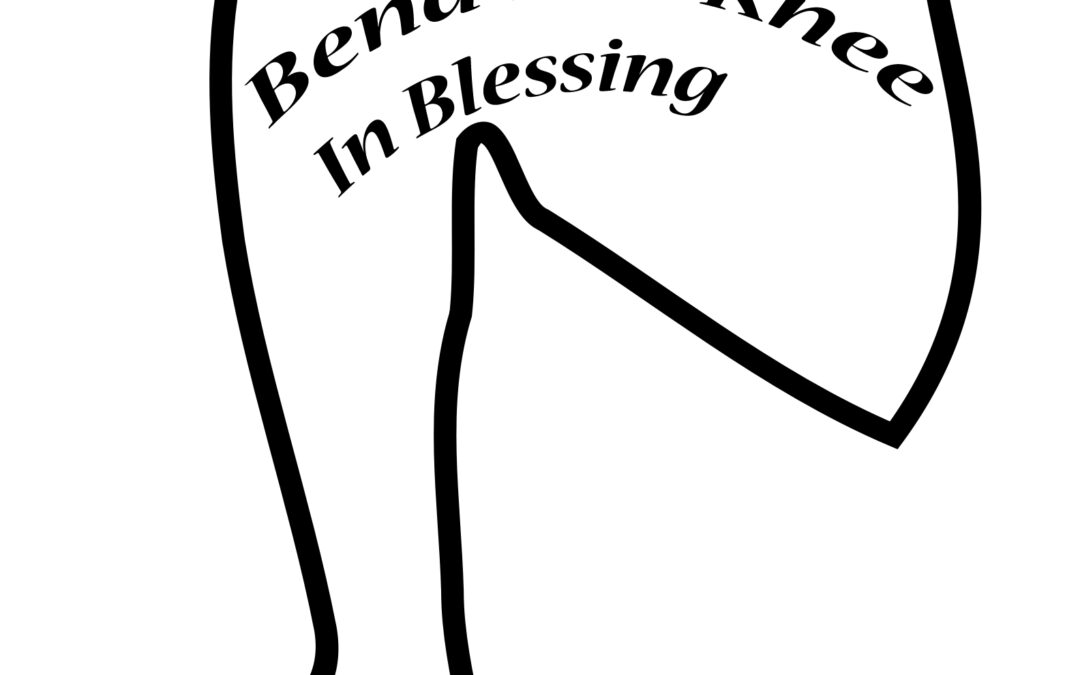
Textile [99.36.2]: Prayer shawl (tallit) (Italy, 19th century)
V’asu la-hem tzitzit al canfei vig-deihem l’dorotam, v’natnu al tzitzit hakanaf p’til t’chelet.
“And they shall make for themselves fringes on the corners of their garments for all generations to come, and they will place among the fringes of the corner a thread of blue/purple.”
When I recite the Shema during the day, I gather the fringes from the four corners of my tallit, and bring them together in front of me, wrapping them around the forefinger of my right hand. Even though I didn’t start wearing a tallit until I was in my 40s, I knew the routine from attending Shabbat morning services growing up. The commandment to put these fringes on a garment with corners (later a 4-cornered garment is specified) comes from this week’s Torah reading, Shelach Lecha (Num. 15:37-41).
The purpose in bringing them together and holding them is to be able to look at the fringes and be reminded of the commandments, to not follow our eyes if they try to lead us astray–away from living the life God wants us to live.
When we gather our tzitzit before reciting the Shema, we sing the passage that begins, v’havi-einu l’shalom may arba kanfot ha-aretz v’tolicheynu kom’miyut l’artzaynu, “And bring us together in peace from the four corners of the earth and lead us with dignity into the Holy Land.” It’s no accident that someone realized that this prayer fits perfectly to the melody of Hatikva (“The Hope”), Israel’s national anthem.
If God were to physically bring the entire global Jewish community together in the land of Israel, it would be rather crowded, but I suspect God would make it work. Personally, I see this as a spiritual gathering; when I recite the Shema, I’m joining a chorus of millions around the world and throughout time who have made the same declaration of faith, Ado-nai Echad, “God is One.”
The root of the word shalom, shin-lamed-mem, can be translated as “peace” and also as “whole.” Too many people live on the fringes of society, at the corners of the community. The Torah teaches that we are required to care for those in our midst who are marginalized, who have no obvious means of support, who are immigrants and strangers in our land, who are different in some way. We are to love our fellow humans as ourselves, and here, I believe “love” means “to treat respectfully,” the way we would like to be treated.
My new understanding of gathering my tzitzit? May God bring together people from all walks of life–all colors, faiths, genders and, philosophies and sexual orientations–and shelter us al kanfei Shekhina, in the Divine embrace, and may the huge tallit that is the universe shelter us with peace.









0 Comments